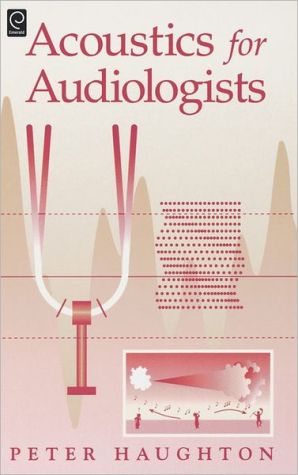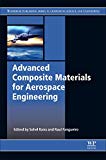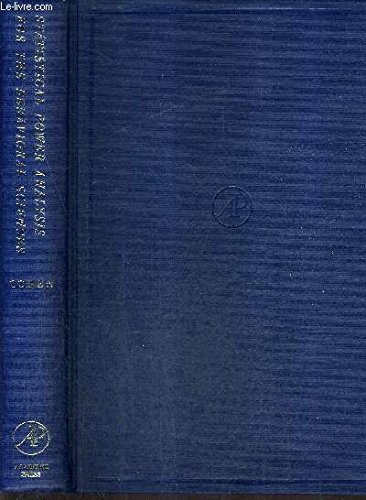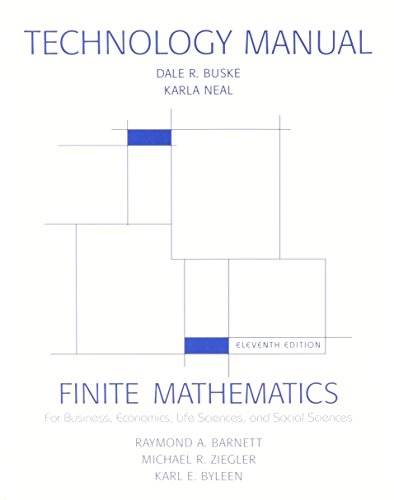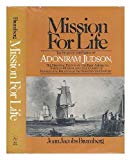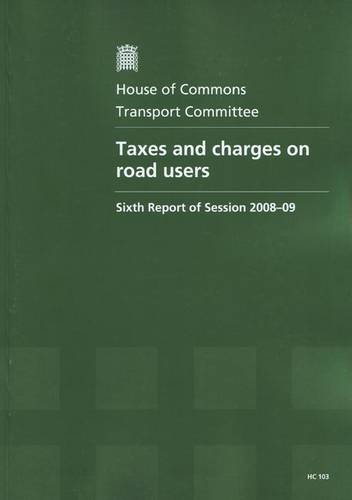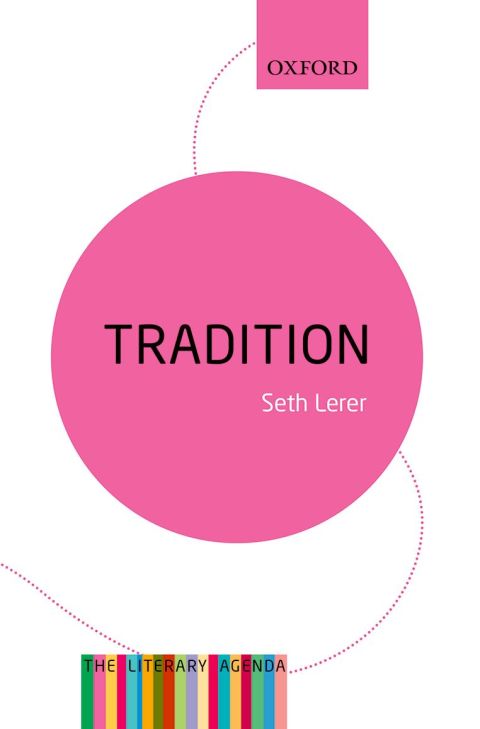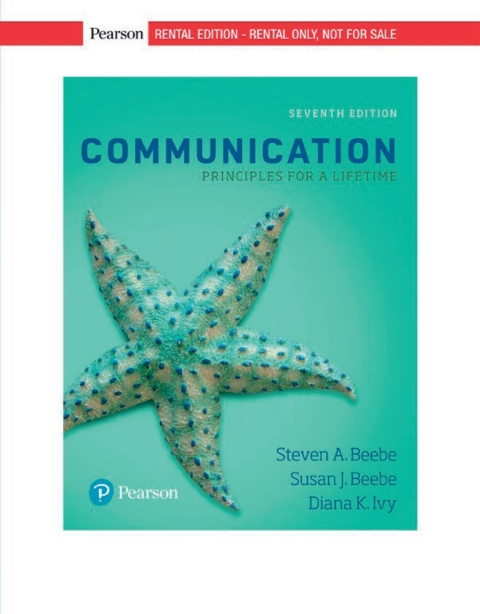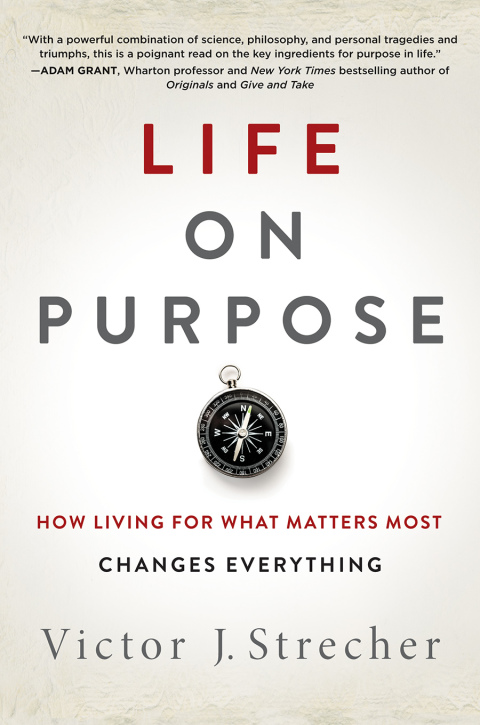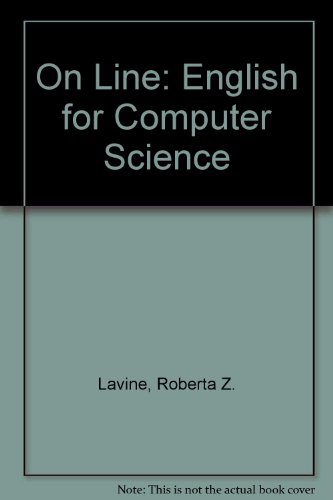Acoustics for Audiologists
Haughton, Peter
Haughton, P. M.
Audiology is a relatively new discipline and acoustics a well-established branch of physics. The two disciplines have broadened their applications in recent years, but while acoustics has remained firmly based in physics, audiology has by its nature become a paramedical discipline. Acoustics for Audiologists brings together these two areas and demonstrates how acoustics is an important foundation of audiology. Many who come to work in audiology have little previous training in acoustics or in the physical sciences. They find these subjects difficult, but when seeking help from books on audiology, they are likely to find only superficial accounts whereas books on acoustics mostly assume a physics-based readership and are too difficult for the general reader.
Acoustics for Audiologists fills the gap and can be read at several levels. At the most basic, it provides a full explanation of many of the general principles and special terms in acoustics that are relevant to clinical audiology and audiological science. At a more advanced level, the book answers the acoustical needs of students of audiological science and audiological medicine for whom previous studies have not included the physical sciences.
About the Author: The author was born in London in 1941. After obtaining a degree in physics he joined a small research team in the Astbury Department of Biophysics at the University of Leeds where he was awarded a PhD for work on the mechanical properties of cellulose. He also enjoyed a short-term appointment in the botany department of the University of Washington where he did similar work. Two brief period of employment followed, one at a technical college, teaching mathematics and physics, and one in the University of Glasgow working on the rheology of silicon-based liquids. In 1975 he joined the medical physics department at Hull Royal Infirmary where his principal duties were to provide scientific support for the ENT and audiology departments.
His rather unusual and varied background has perhaps given the author a wider perspective on audiology than seen by one who has followed a more linear career path. Readers may notice that, in places, the descriptions in this book have a broader and more philosophical outlook than those found elsewhere.
The author is a former member of the Council of the British Society of Audiology and for about 10 years he was the editor of its newsletter. He is a long-standing member of the examinations board of the British Association of Audiologists. He is a Member of the Institute of Physics and Honorary Fellow in the department of medical physics at the University of Hull. He has written a book on the physical principles of audiology and about 20 technical articles, mostly on audiological subjects. Outside audiology, his chief interests are flying light aeroplanes and drinking good beer (not at the same time).
Doody Review Services
Reviewer:Diane M Brewer, MA(George Washington University)
Description:As the title states, this is a text on acoustics and physics for the audiologist.
Purpose:Many audiologists who come into the field have limited education in the mathematics and physics, which is necessary to understand the science of sound. The author provides background in math and physics needed to understand acoustics and then provides applications. This is a worthy objective in that this text strikes a balance between a text that is too simplistic and one which is so math/physics-based it becomes too difficult for the reader with limited mathematics and physical science background.
Audience:The acoustics text is written as a text preparatory to graduate study in audiology. It provides the foundation in hearing science needed to understand audiological applications.
Features:The book begins by reviewing basic concepts of physics. The next three chapters discuss vibrations, sound waves, sources of sound and nonsinusoidal waves. The remaining chapters are acoustical applications in audiology. There are chapters on sound measurement, impedance, calibration of equipment and test rooms and finally a chapter on hearing aids. Also provided are supplementary chapters with mathematics review and problems on the decibel. Each chapter has questions and exercises at the end with answers to problems in the back of the book. The text has some bias to British references, but this is an issue of minor importance.
Assessment:This is an excellent resource. The text provides a detailed explanation of the physics of sound and then providesapplications in clinical audiology. This text should be useful to the study of hearing science prerequisite to graduate study of clinical audiology.
| Name in long format: | Acoustics for Audiologists |
|---|---|
| ISBN-10: | 0123329221 |
| ISBN-13: | 9780123329226 |
| Book pages: | 300 |
| Book language: | en |
| Edition: | 1st |
| Binding: | Hardcover |
| Publisher: | Emerald Group Publishing Limited |
| Dimensions: | Height: 9.21258 Inches, Length: 6.14172 Inches, Weight: 1.65 Pounds, Width: 0.999998 Inches |

